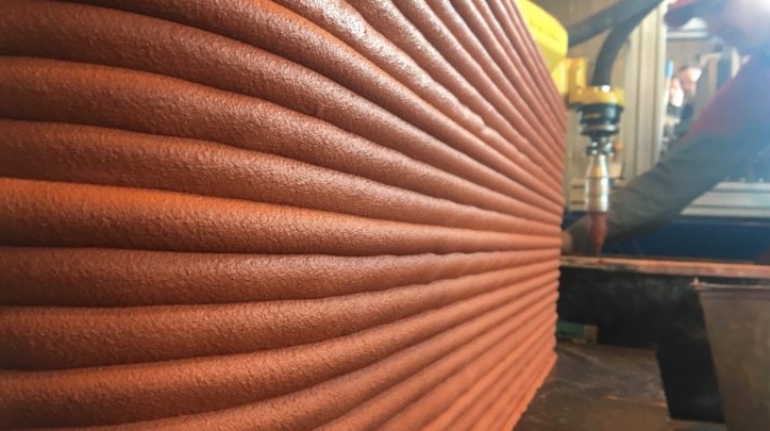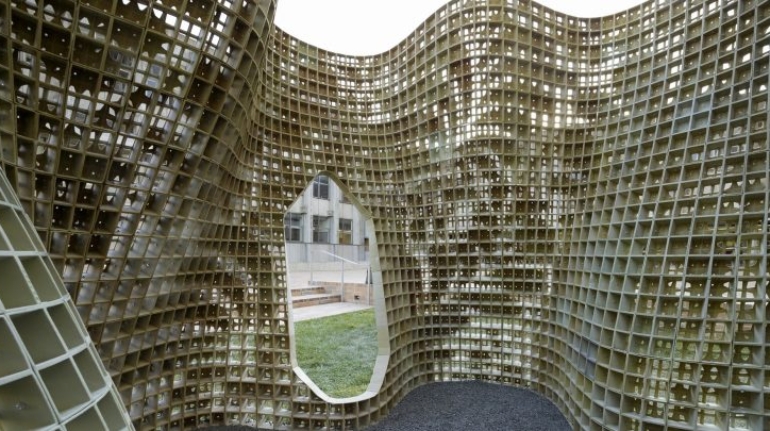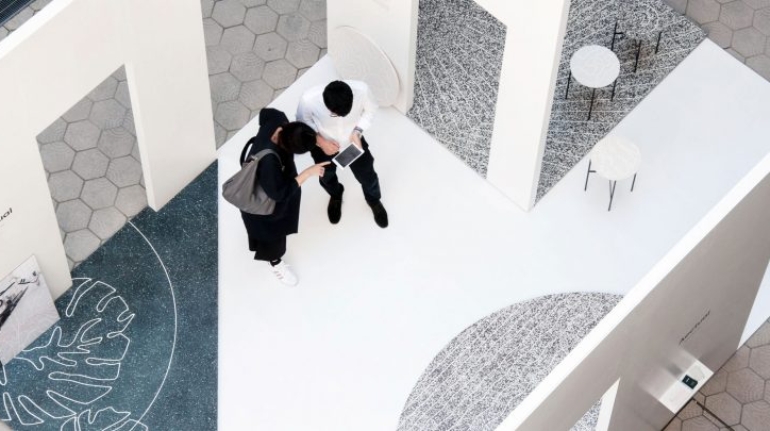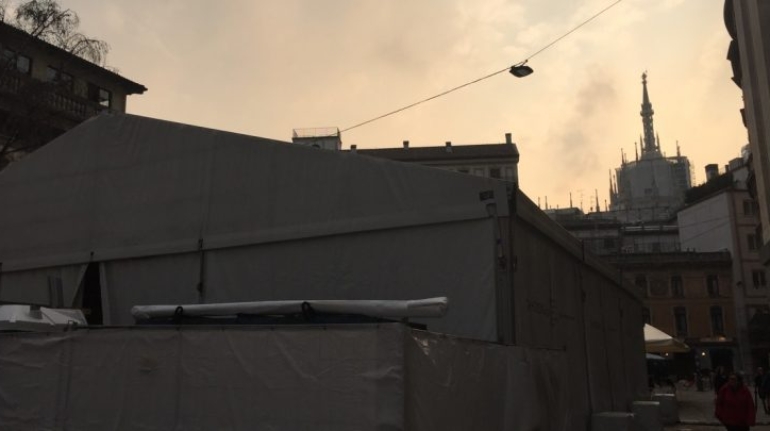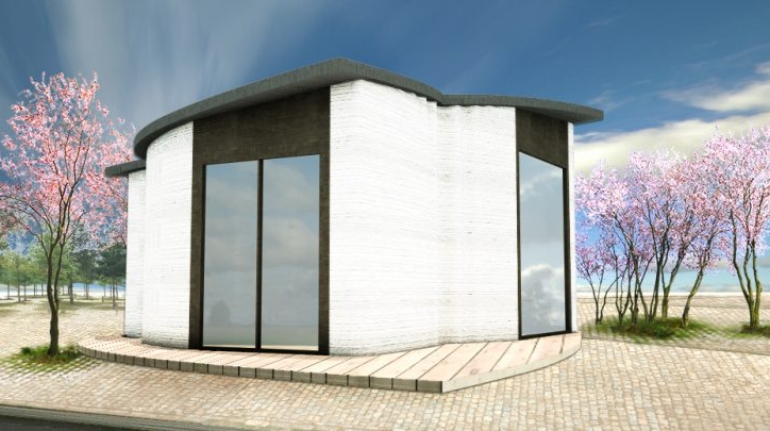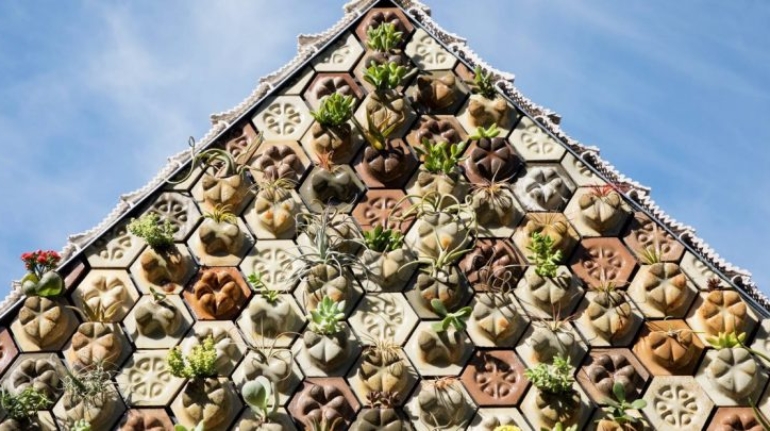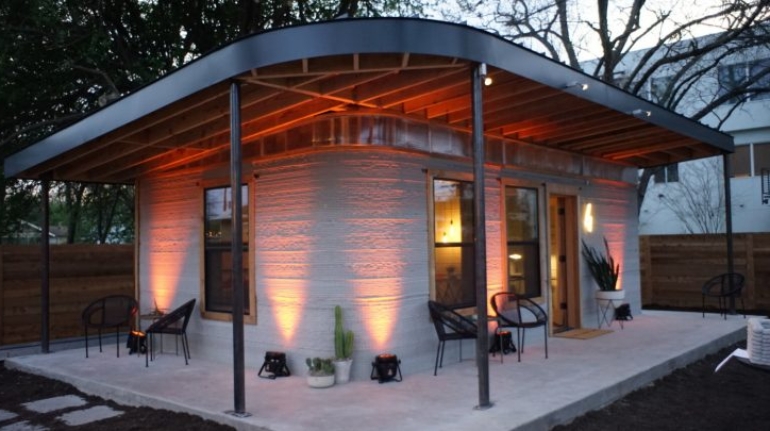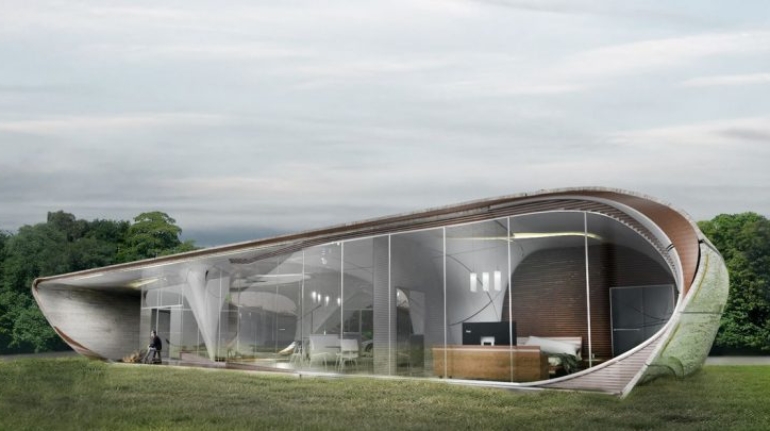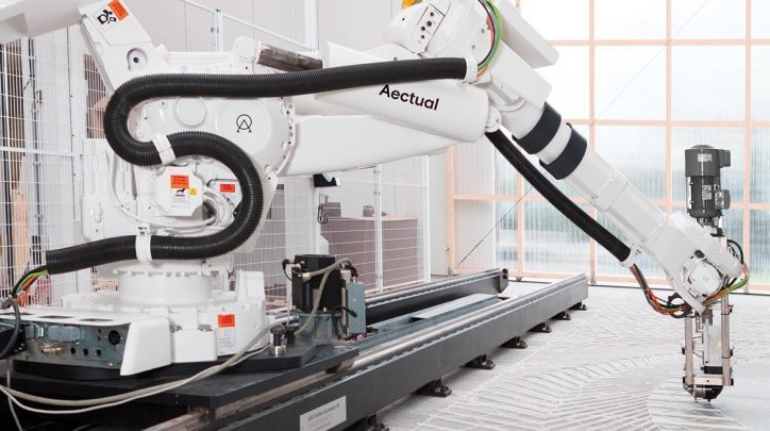Apis Cor participates in NASA 3D Printed Habitat competition to build on Mars Aerospace
As NASA launches (this morning) its InSight lander mission to study the Martian planetary interior and underground composition, 3D printing construction firm Apis Cor and architecture studios SEArch+ reveal they will participate in the 3D-Printed Habitat Challenge contest, organized by the US National Aeronautics and Space Administration. The main goal of the NASA competition is the promotion of additive technologies that are necessary to create an inhabited environment on Mars.

